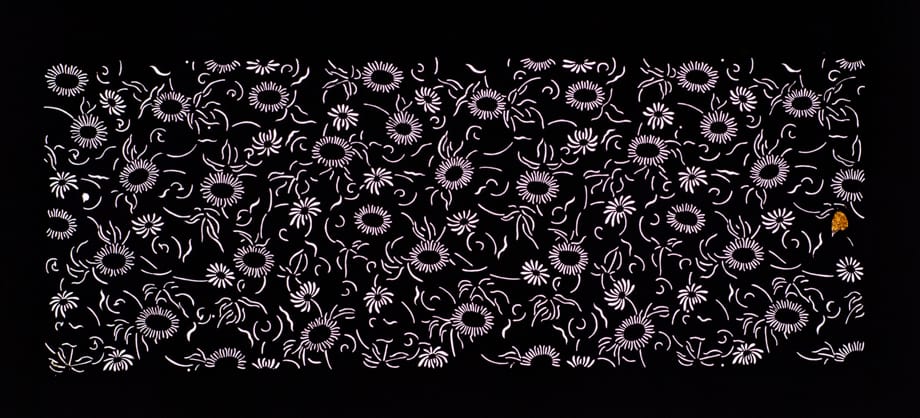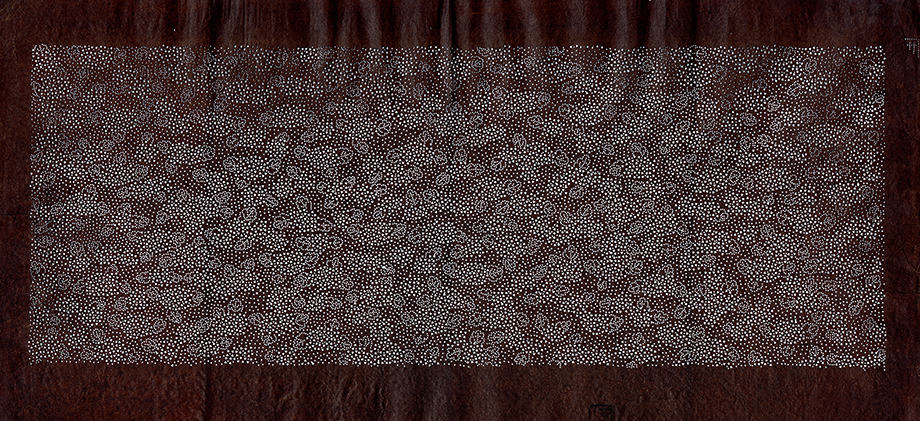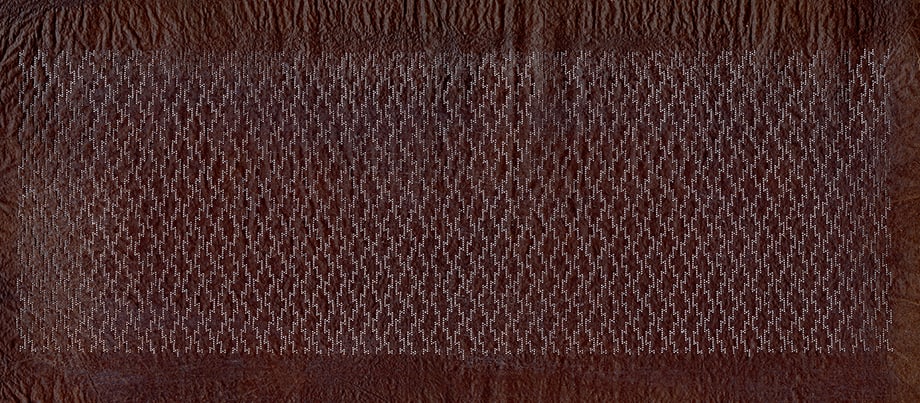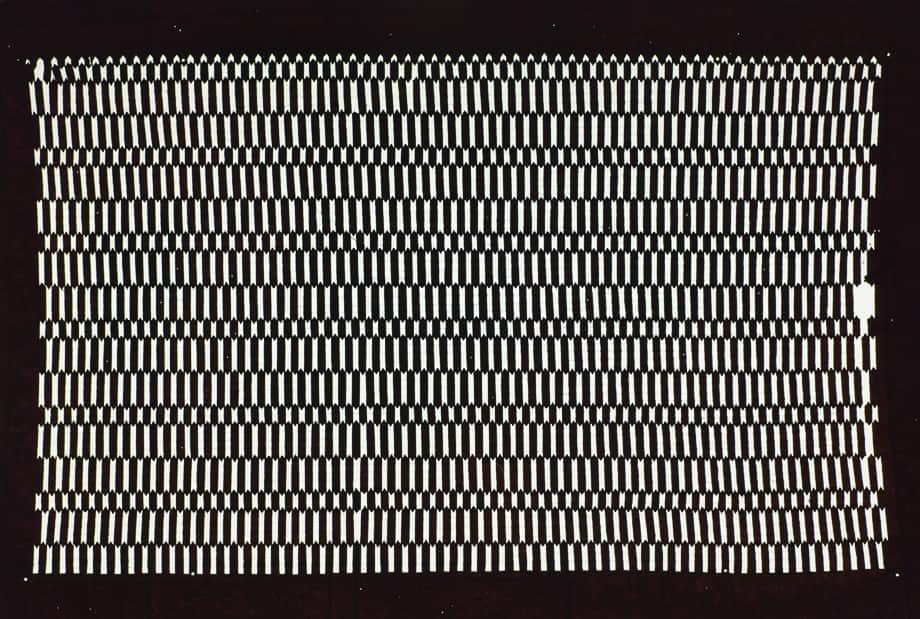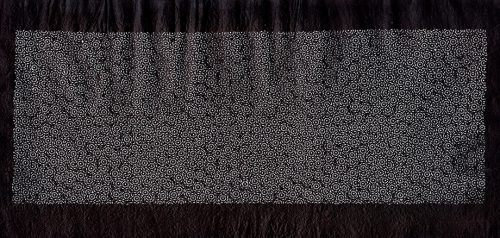Not for the Likes of You — Restricted Patterns, Komon
Komon patterns demonstrate a Japanese aesthetic that requires a pattern to be so small that it is almost invisible. A perfect execution is challenging, because it is barely visible in a photograph or in the hand. You’ll see this in several examples below. You may have to zoom in to see.
The patterns are based on traditional (costly and laborious) textile crafts like shibori, a Japanese fine craft of tie dye; ikat; another labor intensive dying craft; and sharkskin, which converts the skin of sharks to a rough leather like material. Some of these craft-dyed or woven fabrics (Edo Komon) were so elevated that they became the exclusive to the military class. As the merchant class grew more powerful, they were able to purchase certain privileges and get around dress codes. Given the endless possibilities of design, katagami makers could also render the patterns using stencils, resulting in cloth that looked restricted but wasn’t…on a technicality.


